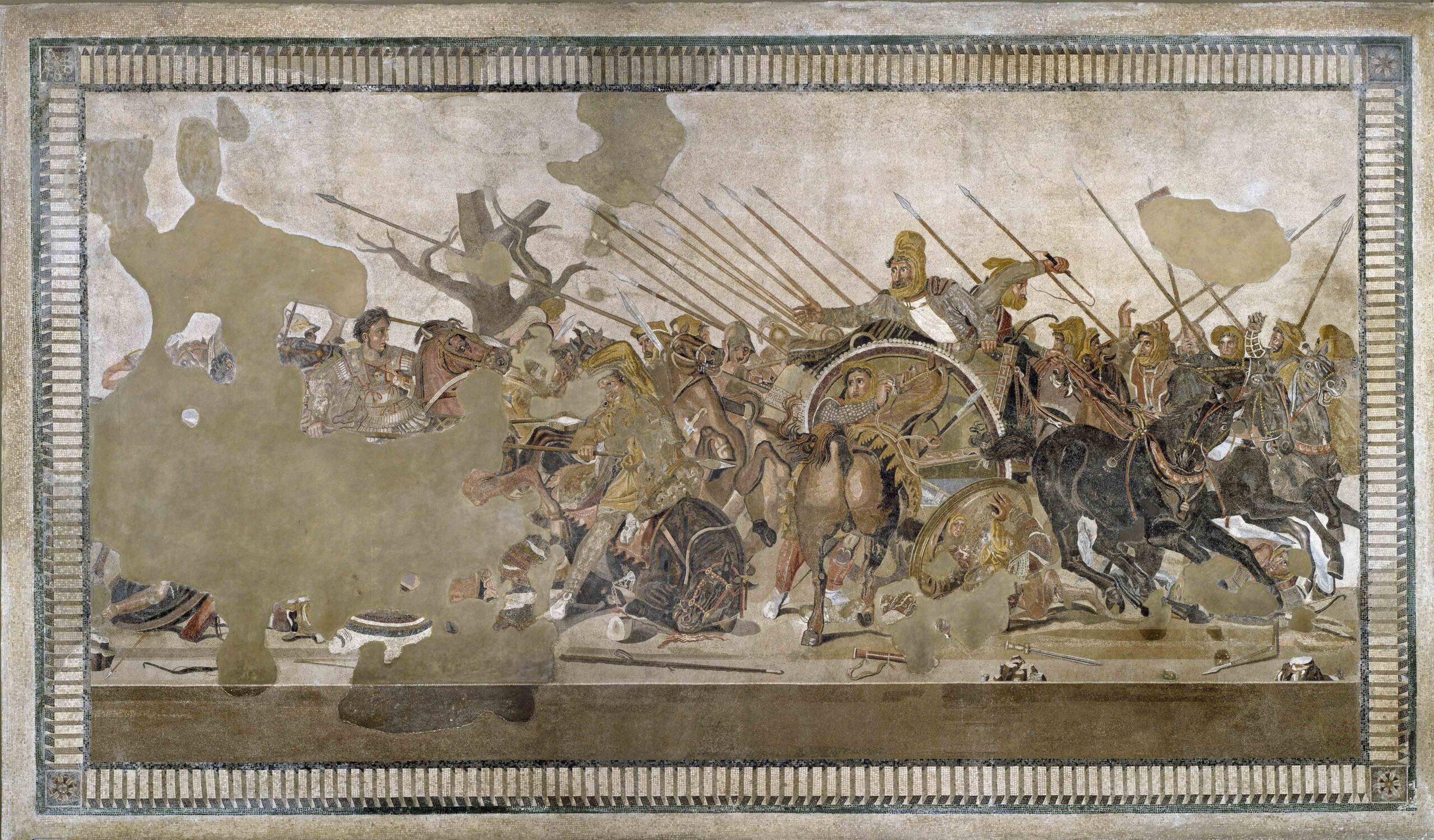CARDIFF, WALES—The Guardian reports that analysis of cooking pot residues and animal bones recovered from archaeological sites in England suggests that the consumption of pork and chicken increased after the Norman Conquest in A.D. 1066, while cabbage remained a diet staple. Before the arrival of the Normans, beef, lamb, mutton, and goat had been more widely consumed. Researchers also found a change in the chemical composition of the pig bones over time. Before the conquest, pigs were likely allowed to forage the countryside, but after the invasion, the animals were fed more protein, suggesting that farming practices intensified and pigs were kept in sties and fed scraps. The chemical composition of the bones of 36 men and women who lived between the tenth and thirteenth centuries indicates that they consumed about the same amount of protein and carbohydrate before and after the invasion, although there was a short period of dietary stress for a few years after 1066. Rickets, scurvy, and other bone conditions brought about by poor diet were rare, however, the researchers added. To read about a cache of silver pennies dating to this period, go to "Norman Conquest Coin Hoard," one of ARCHAEOLOGY's Top 10 Discoveries of 2019.
Study Examines Norman Influence on English Diet
News July 6, 2020
Recommended Articles
Artifacts September/October 2025
Anglo-Saxon Coin
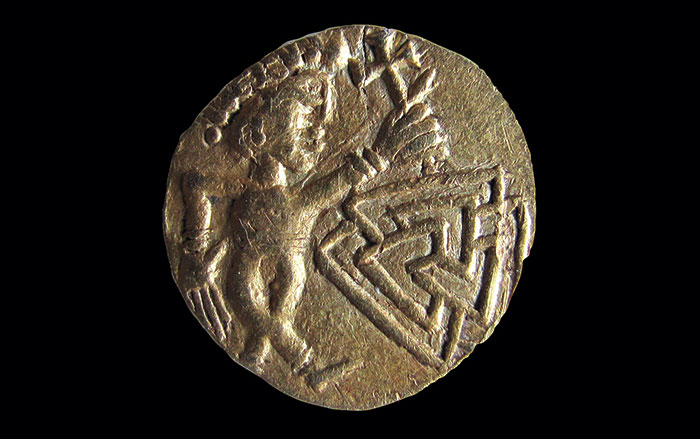

Digs & Discoveries May/June 2025
The King's Throne
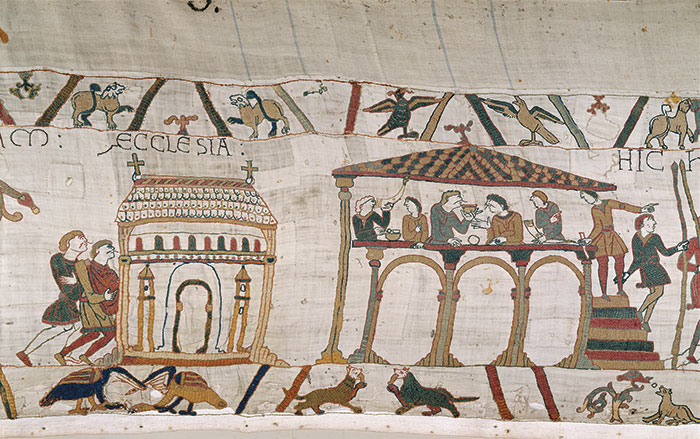
Digs & Discoveries May/June 2025
Hero Worship
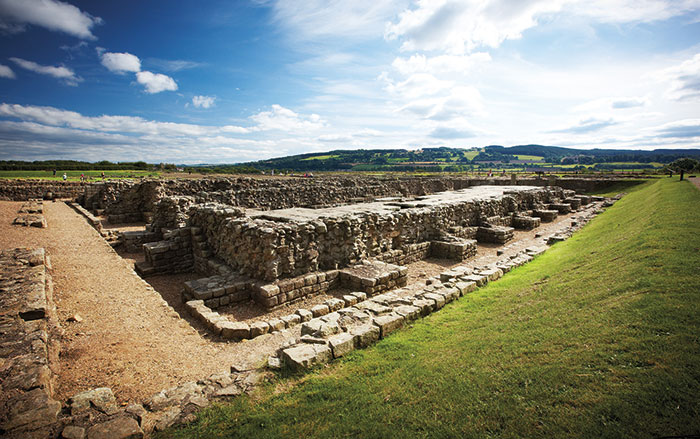
-
Features May/June 2020
A Path to Freedom
At a Union Army camp in Kentucky, enslaved men, women, and children struggled for their lives and fought to be free
 (National Archives Records Administration, Washington, DC)
(National Archives Records Administration, Washington, DC) -
Features May/June 2020
Villages in the Sky
High in the Rockies, archaeologists have discovered evidence of mountain life 4,000 years ago
 (Matt Stirn)
(Matt Stirn) -
Letter from Morocco May/June 2020
Splendor at the Edge of the Sahara
Excavations of a bustling medieval city tell the tale of a powerful Berber dynasty
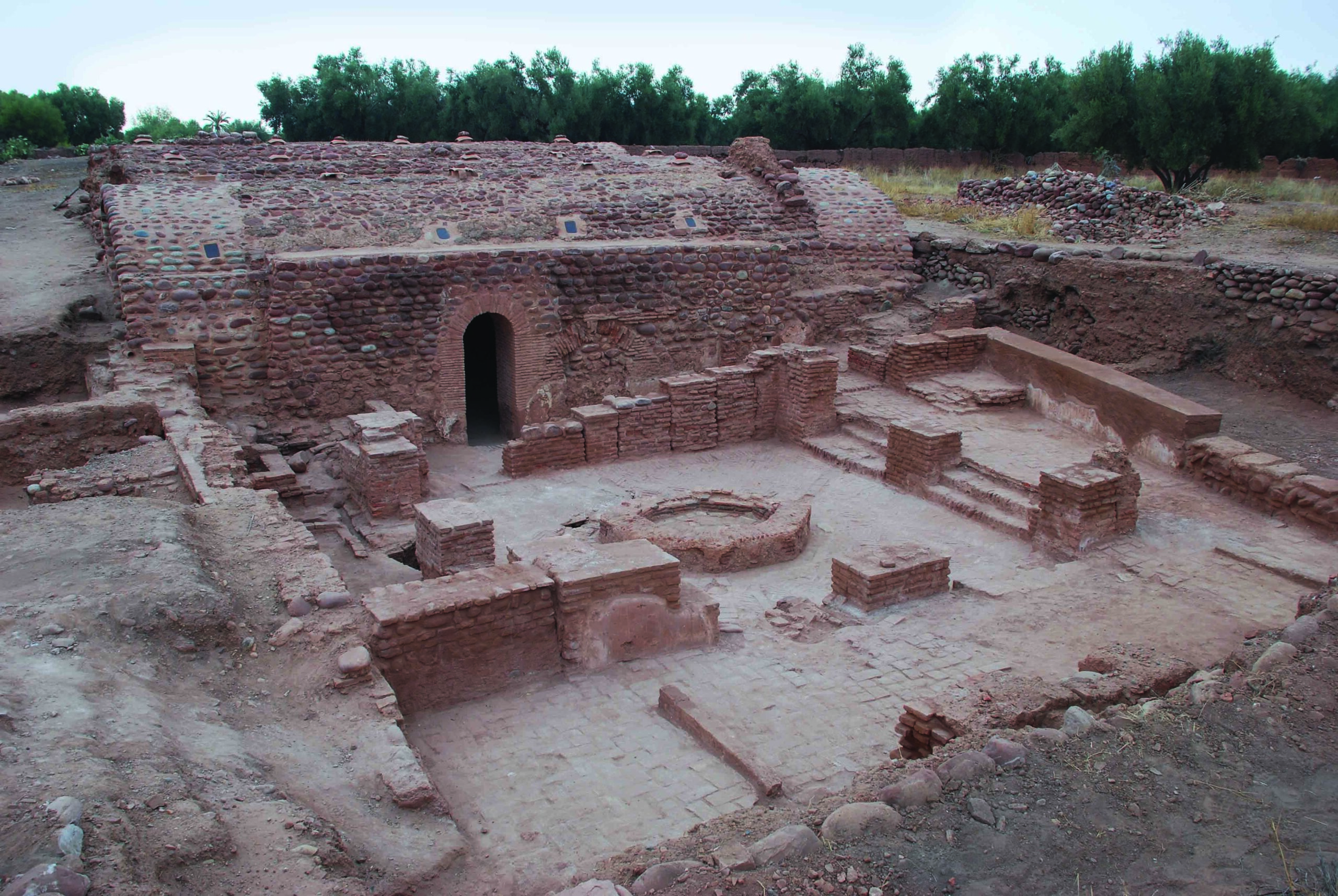 (Photo Courtesy Chloé Capel)
(Photo Courtesy Chloé Capel) -
Artifacts May/June 2020
Torah Shield and Pointer
 (Courtesy Michał Wojenka/Jagiellonian University Institute of Archaeology)
(Courtesy Michał Wojenka/Jagiellonian University Institute of Archaeology)


